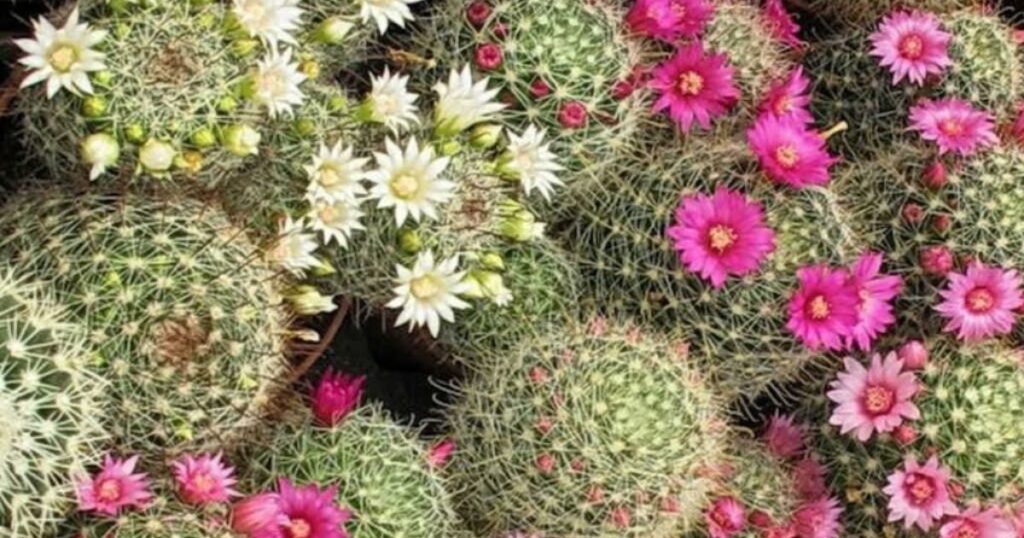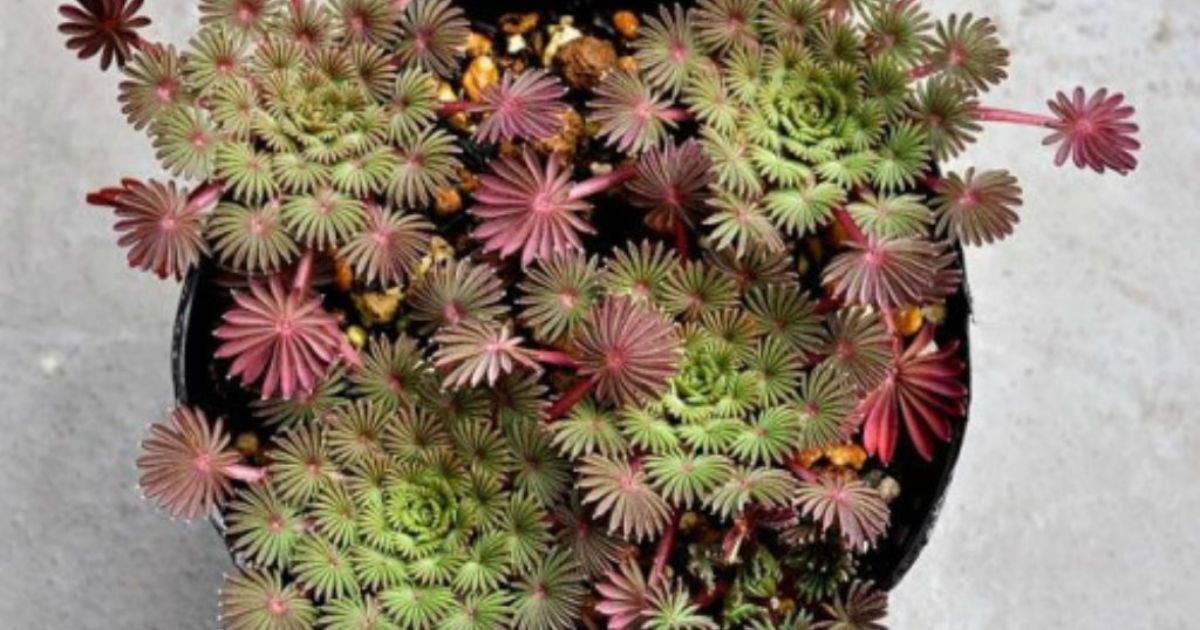Succulent leaves may fall off due to overwatering, which causes root rot. Underwatering can also lead to leaf loss as the plant sheds older leaves to conserve moisture. Pests like mealybugs or improper lighting can stress succulents, causing leaf drop. Finally, seasonal changes may lead to natural leaf shedding in some succulent varieties.
Discover the secret to thriving succulents! Are you constantly wondering, “Why Are My Succulents Leaves Falling Off Don’t fret – we’ve got the answers and solutions you need to keep your succulents healthy and vibrant. Learn how to prevent leaf loss and unlock the beauty of your succulent garden today.
The issue of succulent leaves falling off is often caused by factors such as overwatering, underwatering, pest infestations, or natural shedding as part of the plant’s growth cycle. Identifying the specific cause and addressing it is crucial for maintaining healthy succulents.
Understanding Succulents
Before delving into the reasons for succulent leaf loss, let’s first understand what succulents are and why they’re so popular among garden enthusiasts.
What Are Succulents?
Succulents are a group of plants characterized by their ability to store water in their leaves, stems, or roots. This water-storage feature allows them to thrive in arid and semi-arid regions, making them perfect additions to both indoor and outdoor gardens.
Why Do People Love Succulents?
Succulents have gained popularity for several reasons.Succulents are relatively easy to care for, making them ideal for beginners or those with busy schedules.Their unique shapes, colors, and textures make them attractive additions to any garden or home.Succulents come in a wide variety of species, each with its own characteristics, allowing you to choose the ones that best suit your taste and environment.
Common Causes of Succulent Leaf Loss

Now, let’s address the question, Why Are My Succulents Leaves Falling Off?There are several potential reasons for this issue, and it’s crucial to identify the specific cause to apply the appropriate remedies.
Overwatering
Overwatering is one of the most common causes of succulent leaf loss. Here’s how it happens.
When succulents receive too much water, their roots can become waterlogged and begin to rot. This impairs the plant’s ability to absorb nutrients, leading to leaf loss. If you find yourself facing an overwatered succulent, you may be wondering how to “save overwatered succulent.” To rescue your plant, it’s crucial to take immediate action. Allow the soil to dry out between waterings and ensure that the pot has proper drainage. Additionally, consider repotting the succulent into well-draining soil to help it recover from the effects of overwatering.
Underwatering
Underwatering can also result in succulent leaf loss. When succulents don’t receive enough water, they resort to shedding their leaves to conserve moisture. Ensure you water your succulents thoroughly when the soil has completely dried out.
| Key Point | Description |
| Understanding Succulents | Succulents’ characteristics and popularity. |
| Common Causes of Succulent Leaf Loss | Overwatering, underwatering, pests, poor lighting, and seasonal shedding. |
| Diagnosing and Addressing the Issue | Steps to identify the cause of leaf loss. |
| Remedies for Succulent Leaf Loss | Solutions based on the specific cause. |
| Preventing Future Leaf Loss | Measures to maintain succulent health. |
| Conclusion | Summary and encouragement for succulent care. |
Pest Infestations
Pests, such as mealybugs and aphids, can cause stress to succulents. This stress may lead to leaf loss, as the plant tries to shed damaged or infested leaves.Inspect your succulents regularly and treat any pest infestations promptly with natural or chemical remedies.
Poor Lighting
Succulents thrive in bright, indirect sunlight. If they are placed in low-light conditions, they may lose leaves as they stretch and become etiolated in their search for light. Position your succulents in a location with the right amount of sunlight based on their species’ requirements.
Seasonal Leaf Shedding
In some succulent species, seasonal leaf shedding is a natural part of their growth cycle. This typically occurs in older leaves as the plant makes room for new growth.If leaf shedding is limited to older leaves and the succulent is otherwise healthy, no intervention is needed.
Diagnosing and Addressing the Issue
To determine the cause of your succulent’s leaf loss, consider the following steps.
Check the Soil Moisture
Stick your finger about an inch into the soil. If it feels dry, it’s time to water your succulents. If it’s still moist, hold off on watering for a few more days.
Inspect for Pests
Examine your succulent’s leaves, stems, and soil for signs of pests like mealybugs, aphids, or spider mites. These may appear as small, moving creatures or cotton-like spots.
Assess the Lighting Conditions
Evaluate the amount of sunlight your succulent is receiving. Ensure it’s getting the right level of light based on its species.
Consider the Season
Research your succulent’s specific growth pattern to determine if seasonal leaf shedding is normal.
Remedies for Succulent Leaf Loss
Once you’ve identified the cause of your succulent’s leaf loss, you can take appropriate action to address the issue.
Adjust Watering Practices
For overwatering, let the soil dry out completely before watering again.
For underwatering, establish a regular watering schedule, ensuring the soil is moist but not waterlogged.
Pest Control
Use natural remedies like neem oil or insecticidal soap to control pests.
In severe infestations, consider using chemical pesticides as a last resort, but use them carefully and according to instructions.
Improve Lighting
Relocate your succulent to a spot with adequate sunlight for its species.
If growing indoors, consider using grow lights to supplement natural light.
Patience for Seasonal Leaf Shedding
If seasonal shedding is the cause, be patient and allow your succulent to follow its natural growth cycle.
Preventing Future Leaf Loss
In addition to addressing the immediate issue, consider implementing preventive measures to maintain the health of your succulents.
Choose the Right Soil
Use a well-draining succulent potting mix to prevent waterlogged roots.
Select Appropriate Pots
Ensure your pots have drainage holes to allow excess water to escape.
Monitor Humidity
If you live in a high-humidity area, make sure your succulents have proper ventilation to avoid excessive moisture.
Regularly Inspect Your Succulents
Keep an eye on your succulents for any signs of trouble, such as discoloration, pests, or etiolation.
Prune Dead or Dying Leaves
Remove any dead or damaged leaves promptly to prevent the spread of issues.
FAQ’s
What to do when succulent leaves fall off?
If succulent leaves fall off, it’s essential to examine the cause, address any issues like overwatering or underwatering, and allow the fallen leaves to callus before propagating them to grow new plants.
Do succulent leaves grow back after falling off?
Succulent leaves can sometimes grow back if they have fallen off, especially if they have been properly cared for and provided with the right conditions for propagation.
What does an overwatered succulent look like?
An overwatered succulent typically displays signs of mushy, translucent leaves, wilting, and root rot, often accompanied by a yellowing or browning of the lower leaves.
How often should I water succulents?
Succulents typically thrive when watered thoroughly but infrequently, allowing the soil to dry out between watering, usually every 2-3 weeks, depending on environmental conditions.
Conclusion
Succulent leaf loss can be attributed to various factors, including overwatering, underwatering, pest infestations, poor lighting, and seasonal leaf shedding. Identifying the specific cause is essential for effective remedies. By adjusting your care routine, addressing the issue promptly, and taking preventive measures, you can enjoy healthy, thriving succulents that adorn your home or garden. Remember that succulent care can be a learning process, so don’t be discouraged by a few fallen leaves along the way. With time and practice, you’ll become an expert in keeping your succulents happy and vibrant.










